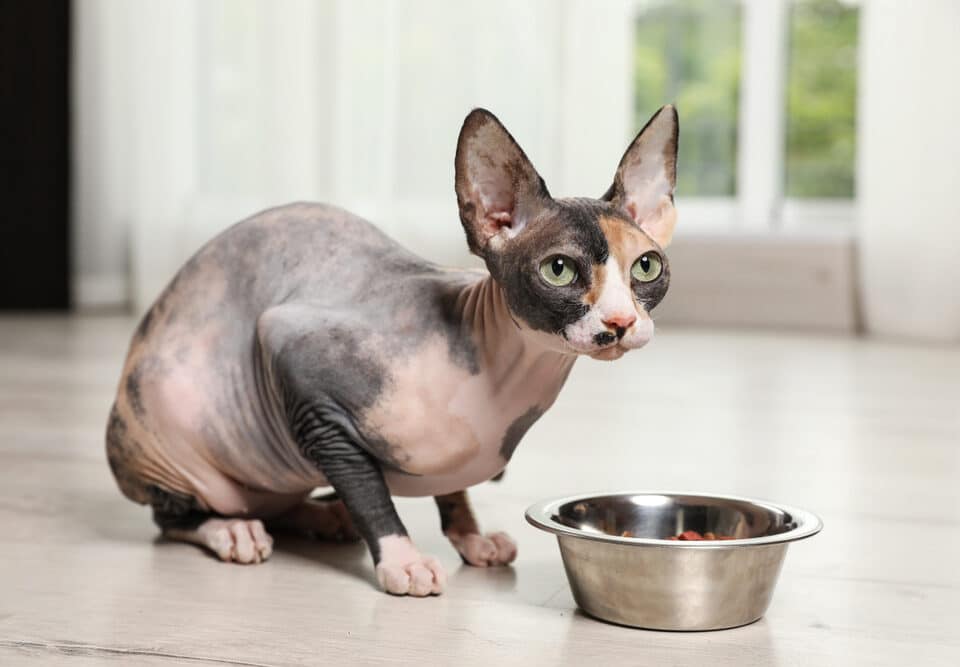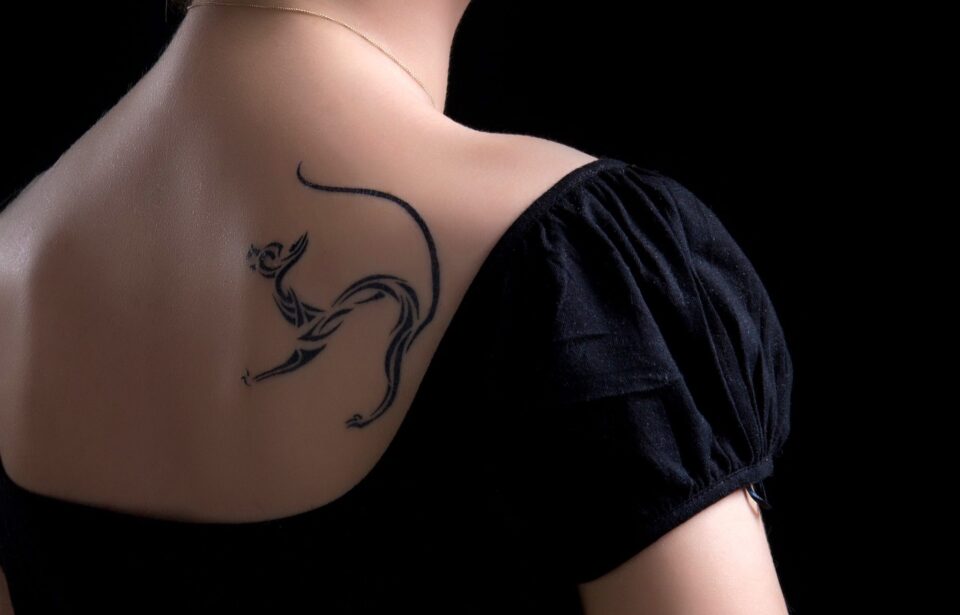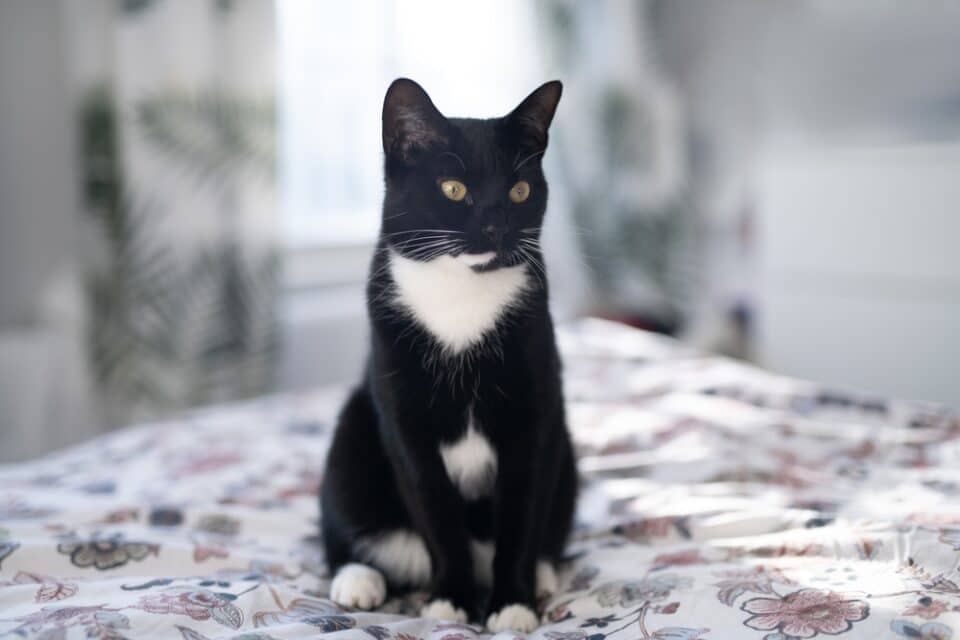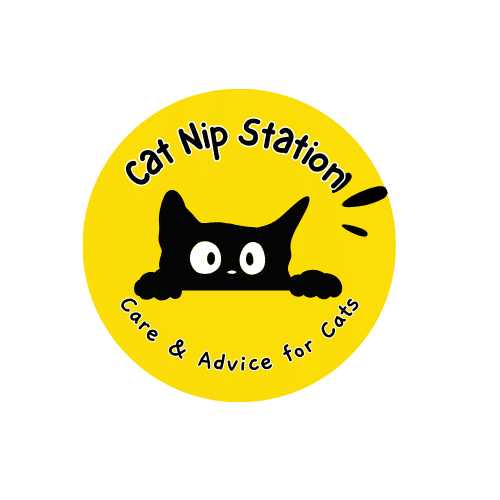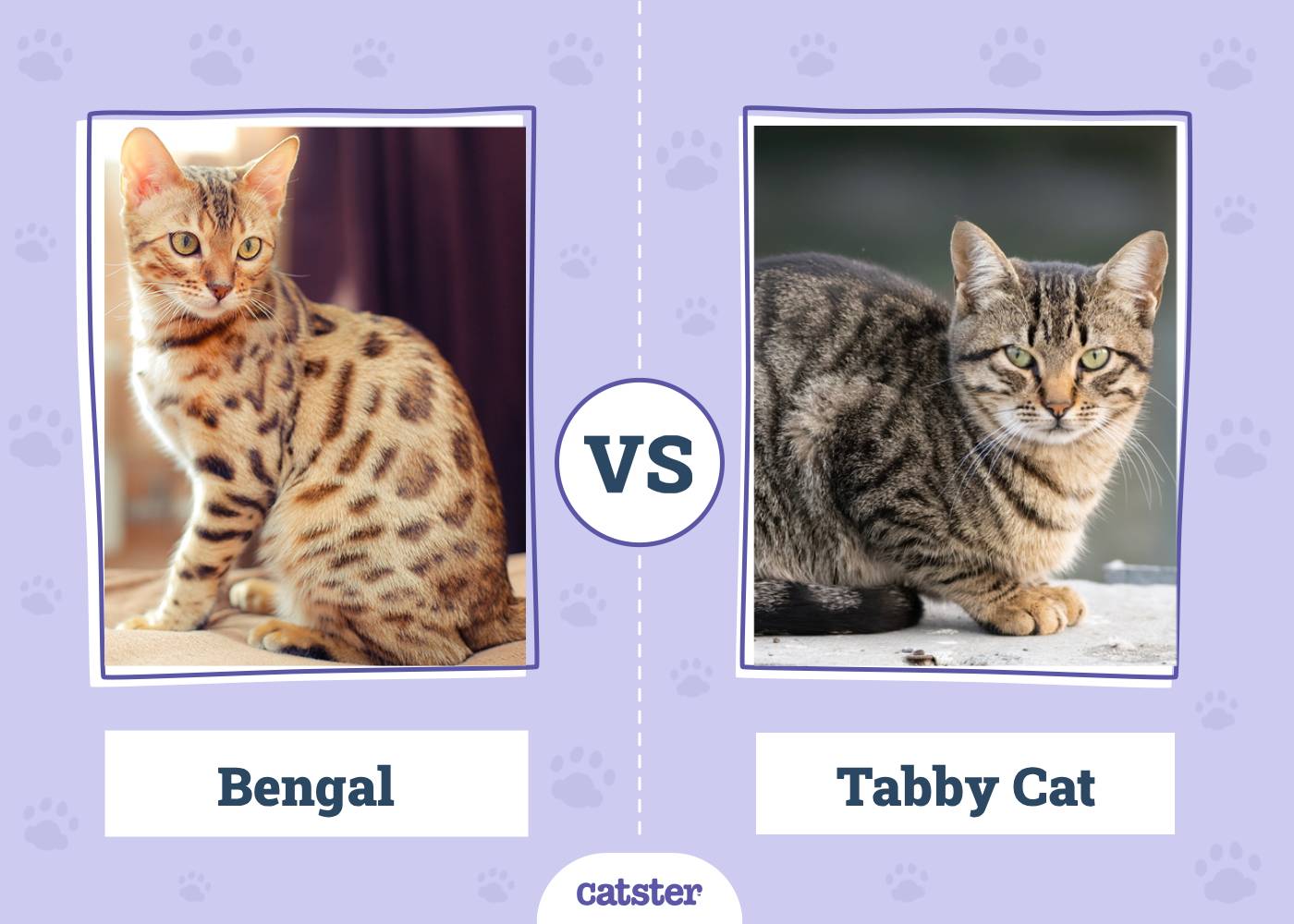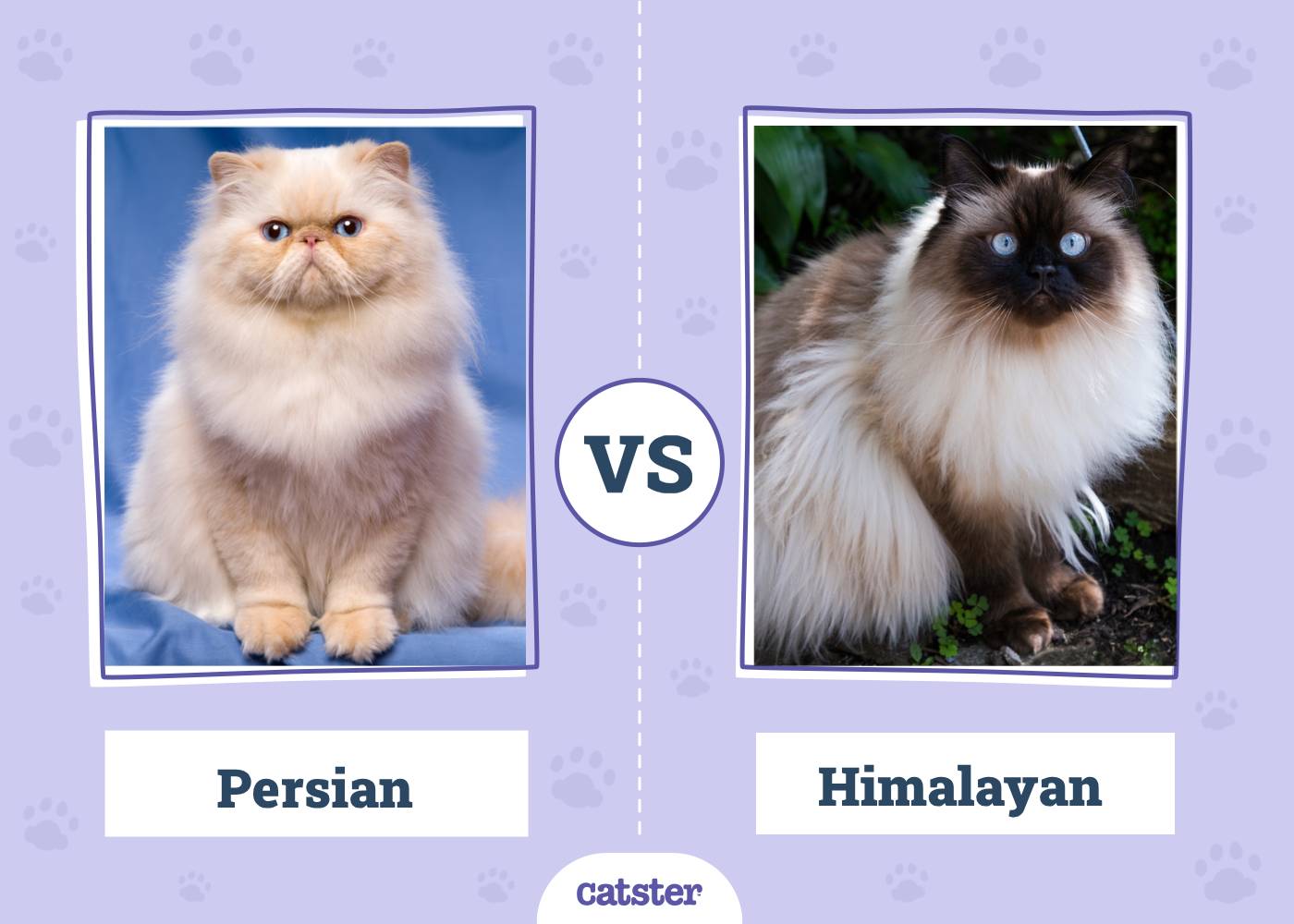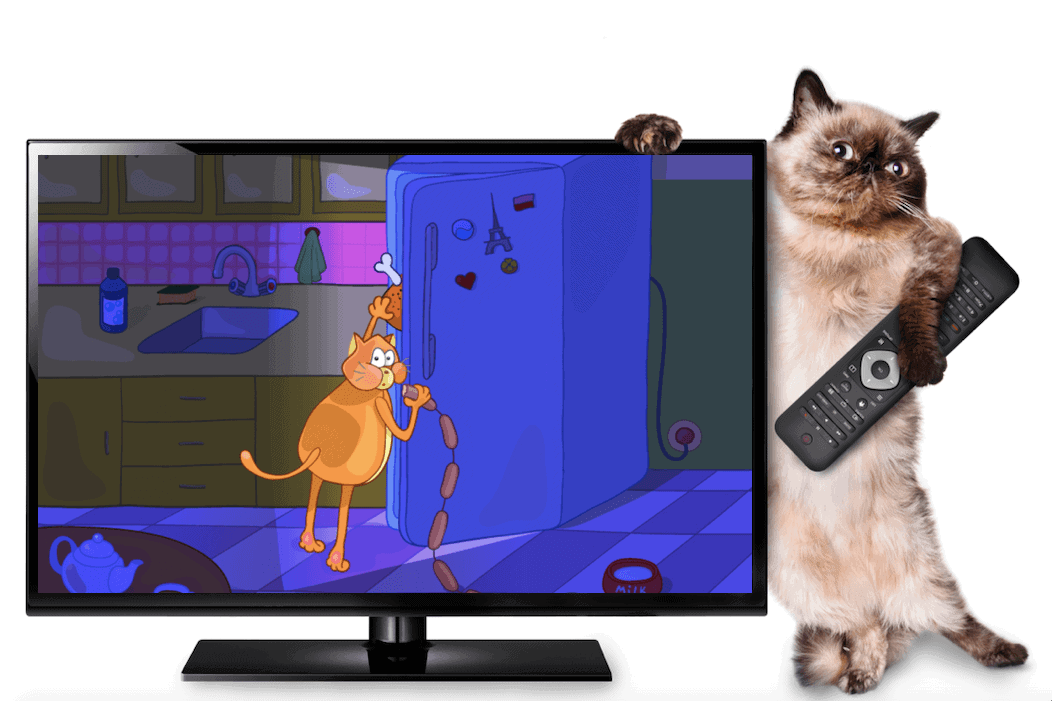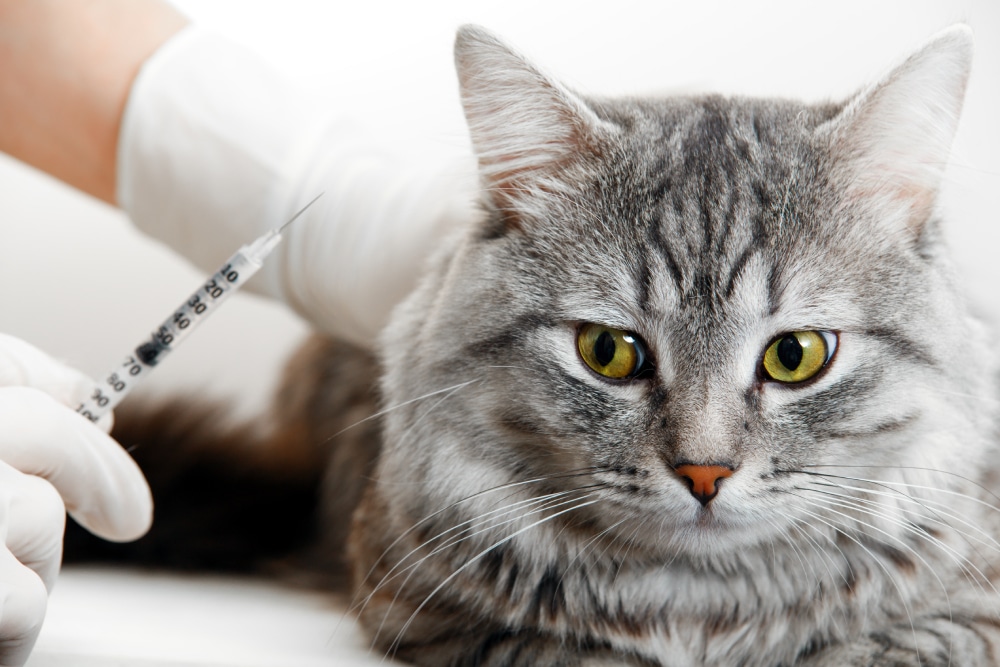Cats, with their mysterious and independent nature, have special dietary needs that can sometimes stump even the most seasoned pet owners. How much and how often should you feed your furry friend? These questions can leave anyone guessing. Understanding your cat’s nutritional requirements is key to their health and happiness.
While cats can be as picky as a toddler at dinner, they rely on us to provide the right portions and frequency in their meals. Each cat is unique, with needs that change over time, influenced by factors like age, size, and activity level. Decoding these dietary needs can ensure your kitty lives a long and healthy life.
The Ins and Outs of Feeding Frequency
Feeding a cat isn’t as simple as it seems. Just like us, they have specific needs based on a variety of factors such as size, age, and energy levels. Younger cats typically need more frequent feedings compared to their older counterparts. It’s not just about stuffing all their food into one meal; multiple small meals work best throughout the day, ensuring their energy burns evenly and they stay satisfied.
For adult cats, sticking to two or three meals a day is generally enough to keep them healthy and happy. However, ensure each meal is balanced with the necessary nutrients. A helpful guide in figuring out the right amount is a calorie calculator, considering factors like your cat’s genetics and its daily activity level.
Monitoring Feeding Habits
Cats are experts at hiding sickness, but changes in their eating habits might offer clues. If an adult cat suddenly starts eating at odd hours, it could indicate an underlying issue.
For younger cats, waking up for a midnight snack is perfectly normal. They have small stomachs and burn through their meals fast. Adult cats, however, shouldn’t need additional meals if they’re being fed adequately.
If your cat consistently cleans the bowl and appears hungry, it might need more food. Learn how to assess its weight by feeling its ribs, which can be a handy tool in determining if your cat needs more or less food.
Choosing Between Wet and Dry Food
Whether to feed your cat wet or dry food is a common dilemma. Wet food is often heavier, requiring larger serving sizes based on weight, which can make managing portions a bit tricky.
Dry food, on the other hand, is less dense but offers more volume per serving. Both options have their pros and cons. Wet food tends to have higher water content, which can be beneficial for hydration, while dry food usually supports dental health.
Finding a balance between the two types of food while monitoring your cat’s nutritional intake is crucial.
Understanding the Body Condition Score
One effective way to monitor your cat’s health is the body condition score. It’s a scale that ranges from 1 to 9, with 5 being ideal, where 1 indicates underweight, and 9 being obese.
This scoring system takes into account the cat’s body shape and rib coverage. Using this, alongside your vet’s guidance, can inform you if your cat’s diet needs adjustments.
Regular assessments ensure your cat remains in peak physical health.
The Importance of Regular Vet Consultations
Regular vet appointments can be a lifesaver in managing your cat’s diet. They provide valuable insights into your pet’s overall health, beyond just diet.
A vet can help tailor a feeding plan specific to your cat’s needs, accounting for its health, lifestyle, and dietary requirements. Appointments help catch potential health issues early, ensuring any dietary changes are made promptly to benefit your cat.
Veterinarians are an essential resource in navigating through your cat’s nutritional needs, ensuring its wellbeing at every life stage.
Balancing the right amount and type of food for your feline friend is no small feat, but it’s essential. Regular vet consultations and monitoring can help you ensure that your cat stays healthy and happy. Remember, each cat is unique, and its dietary needs will change over time, so staying informed and attentive is key.
